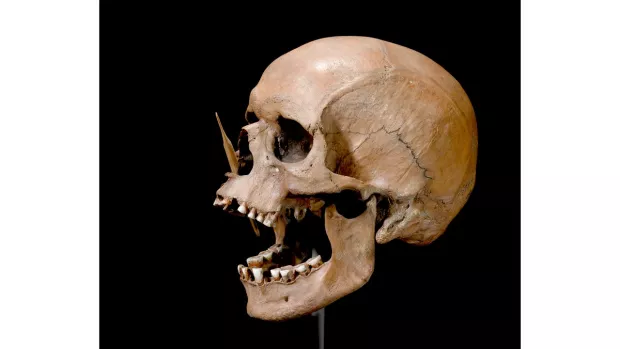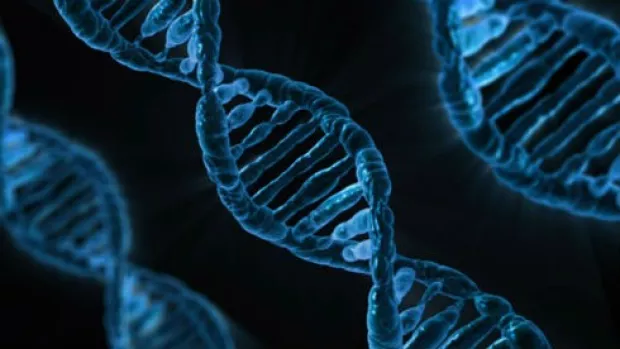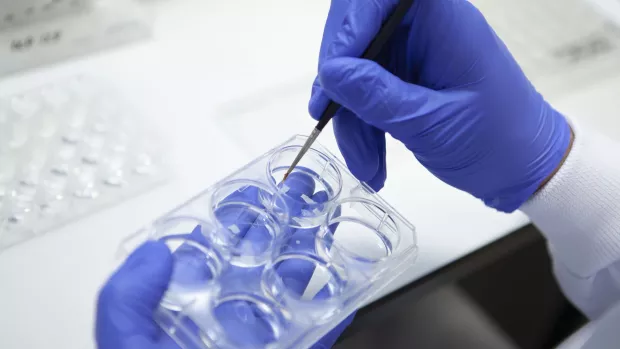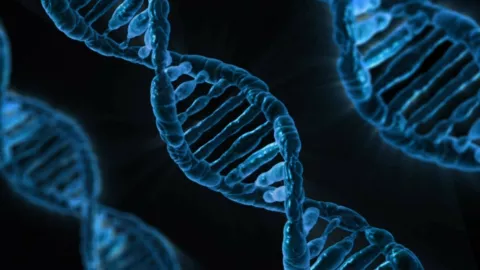
New research with ancient human DNA shows the origins of MS risk genes
An international collaboration of researchers has shown genes linked to MS may have evolved as a way to protect against infections.
There’s no single gene that will definitely cause someone to develop MS. But having certain versions of particular genes can increase the risk. So far we’ve discovered over 200 genes that are linked to MS.
New research has looked at the origins of some of these genes using ancient human DNA. They found these genes were introduced to Europe around 5,000 years ago.
What did they find?
Researchers looked at ancient human DNA and compared it to modern-day samples. They could see where and when certain versions of particular genes started to be more common.
The versions of genes we know increase a person’s risk of developing MS were first found in individuals called the Yamnaya people. They were sheep and cattle herders living around 5,000 years ago, migrating from the east into north-western Europe.
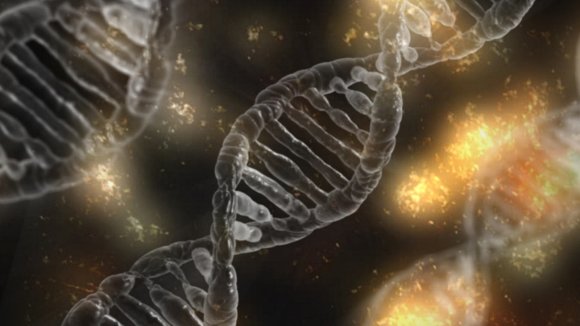
This research reminds us that versions of genes can be beneficial in one environment but have negative consequences in another.
Why is this important?
The researchers think the changes in the genes of our ancestors were beneficial at the time. Many of the genes are linked to the immune system. So, the genes may have protected against catching infections from their sheep and cattle.
But they also increased the risk of developing MS. This doesn’t mean the Yamnaya people would necessarily have had high rates of MS. Because environmental and lifestyle factors (like infections, low levels of vitamin D and smoking) also play a role in developing MS. So, someone who carries some of the risk factor genes still needs to be exposed to environmental factors to trigger the condition.
The Yamnaya people would have lived very different lives to us today. They would have been exposed to very different environmental factors. This research reminds us that versions of genes can be beneficial in one environment but have negative consequences in another.
What does this mean for people with MS?
This most likely won’t have an immediate impact for people currently living with MS. But, it helps researchers to understand more about what causes people to develop the condition.
For example, we know there are around twice as many cases of MS in northern Europe than southern Europe. These results help us understand why.
Caitlin Astbury, our Research Communications Manager, says:
“This is a new and novel way of understanding the genetics of MS. We don’t know for sure why people develop the condition but we know you can’t directly inherit MS. It’s likely down to a combination of genetics, and environmental and lifestyle factors. We know that MS is more common further away from the equator, and this research could begin to explain why we see differences between geographical populations.
“More than 130,000 people live with MS in the UK, and these kinds of studies help us to understand more about who develops MS and why. Ultimately, research like this could lead to new ways to treat or even prevent MS.”
What’s next?
The team now plans to investigate other neurological conditions including Parkinson’s and Alzheimer’s diseases, and psychiatric disorders including ADHD and schizophrenia.

